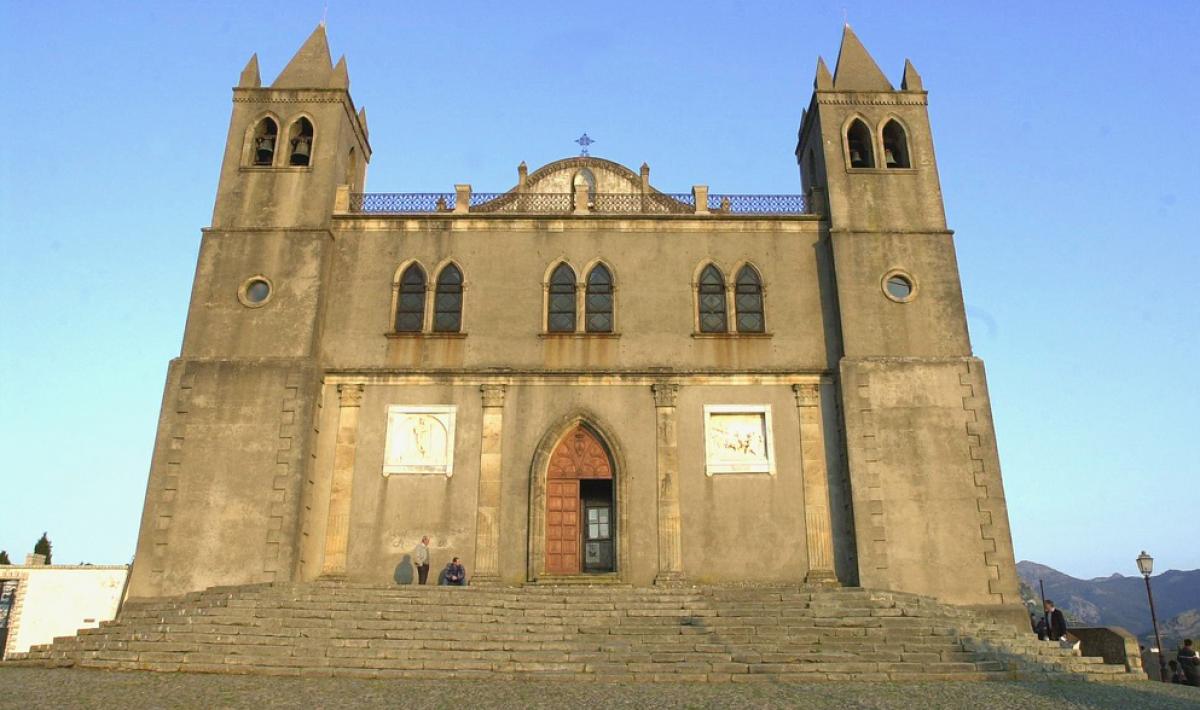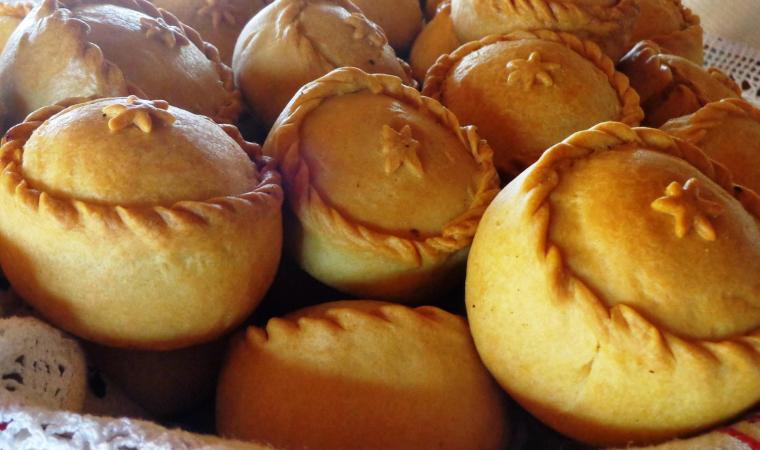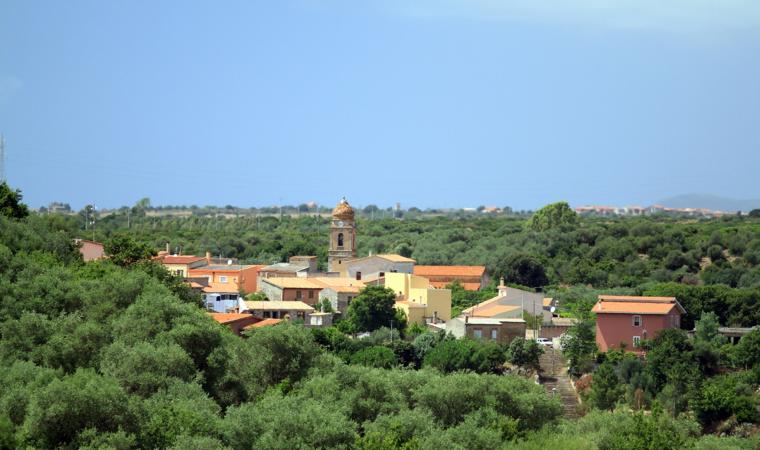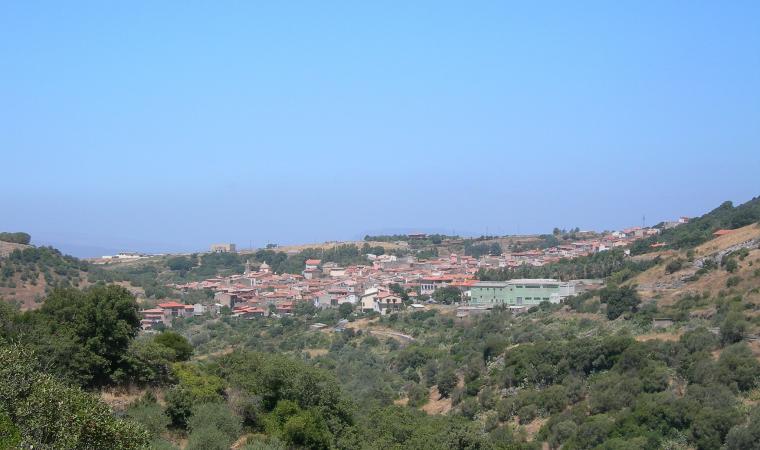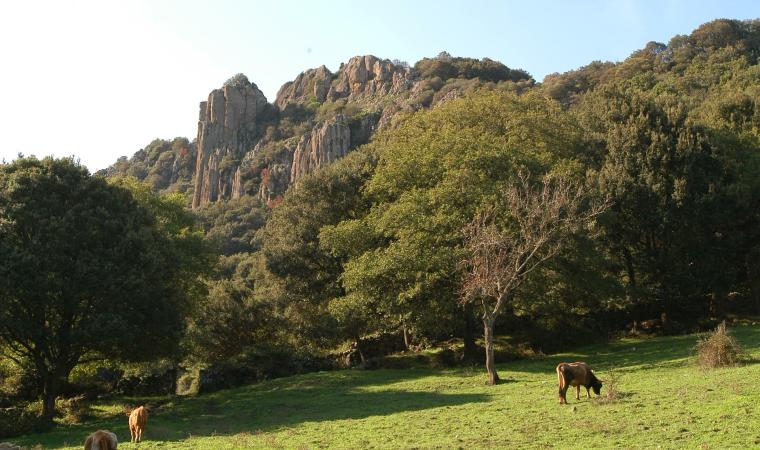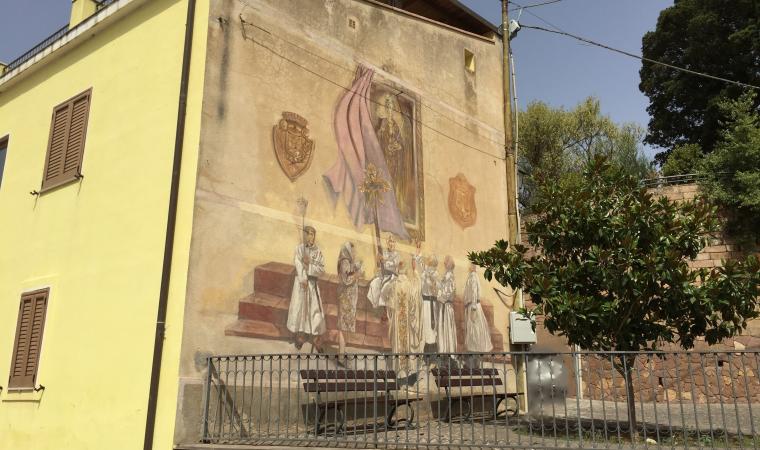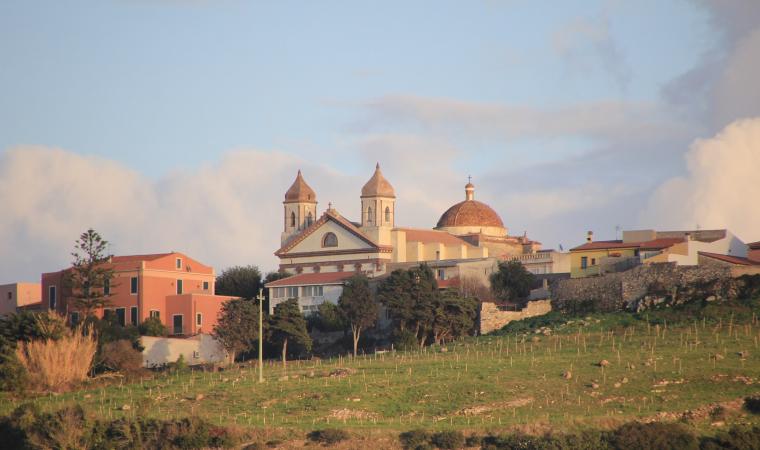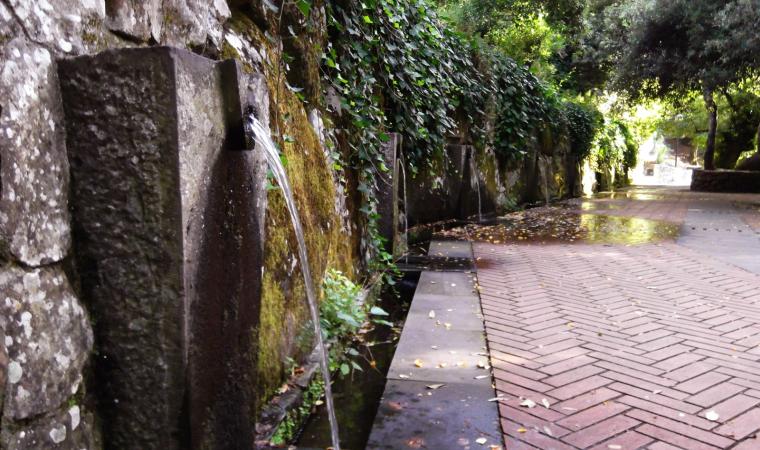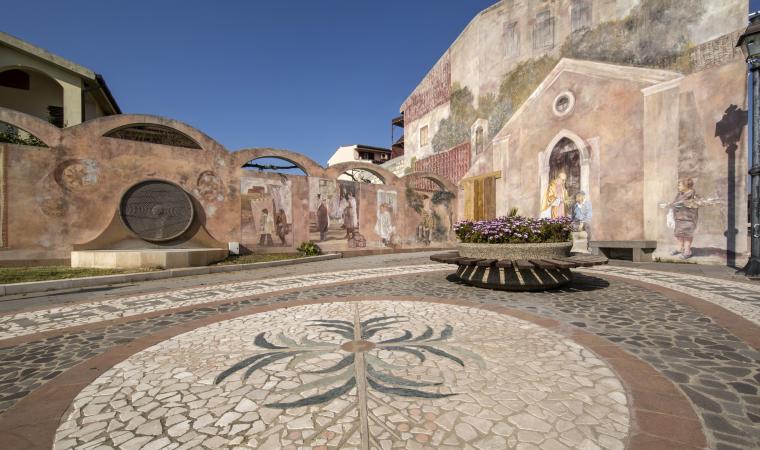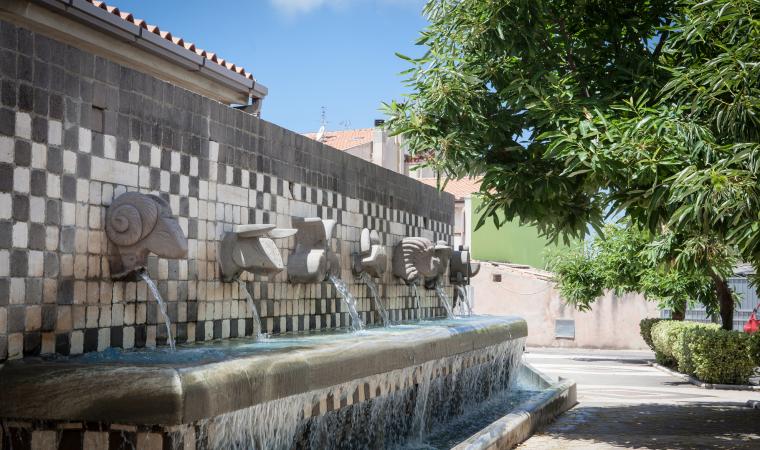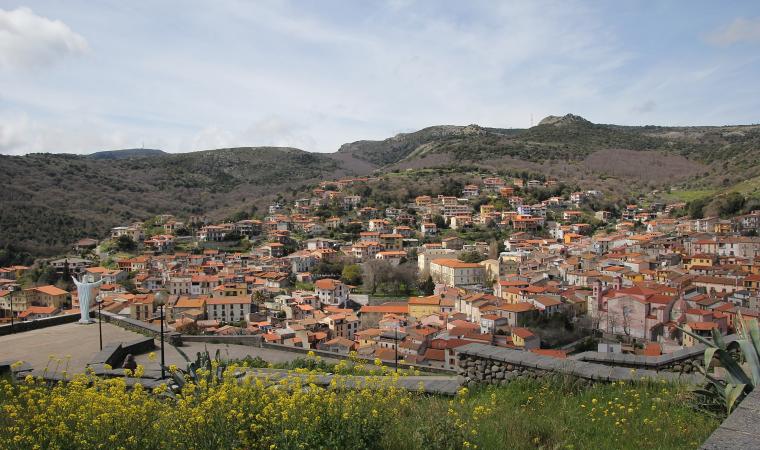It was the first Sardinian church to obtain the title of minor basilica, it contains a remarkable stylistic variety of decorations and furnishings and is the scene of various rituals of one of the most exciting events during Holy Week on the Island. The church of Santa Maria della Neve stands over the town of Cuglieri from the top of the Bardosu hill, in the eastern part of the village. Its origin is steeped in legend: it is said that, in the 13th or 14th century, a group of fishermen from Cuglieri found a mysterious stone simulacrum of the Madonna - with a golden flower in her hand - on the beach of Santa Caterina di Pittinuri, and they decided to take it to the church of Santa Croce, which was the village’s parish church at that time. The oxen that pulled the cart with the statue in it continued their journey without stopping at the church and instead climbed up the Bardosu hill. Once at the top, it was impossible to make them move. The locals interpreted what happened as divine will and built a temple there. The name also apparently comes from a miracle: the church was originally supposed to be dedicated to Santa Maria del Fiore, but after the attempted theft of all the precious furnishings by a gang of thieves, sudden heavy snowfall prevented the criminals from escaping, allowing the treasure to be recovered.
The first news of the presence of a sanctuary on the hill dates back to the 15th century, but the current building is probably a late seventeenth-century reconstruction, the subject of a great deal of renovation and extension work over the centuries that followed. You can admire a Neo-Gothic style façade, built in 1913 and divided into two orders, above which there is a ‘double inflection’ tympanum, slightly set back to leave room for a terrace. Two small bell towers with spire crowning elements frame the façade, while there are two marble bas-reliefs on the sides of the portal, depicting the arrival of the statue on the hill and a further miracle, which occurred in 1824, when lightning struck the statue, leaving it unharmed. The single-nave hall is divided into bays with a barrel vault and four chapels on each side. In the presbytery, a ‘fan-shaped’ altar stands out, above which there is a dome with pendentives and a tholobate. Among the furnishings, you will notice a chestnut wood choir, marble statues depicting Saint John the Evangelist and Saint Paul and the painted stone statue of Our Lady of the Snow. The basilica is home to one of the historical brotherhoods of Cuglieri, that of the Rosary, of seventeenth-century origin. The brotherhood tends to the celebrations of feast days and helps with the Holy Week rituals: in fact, here, on Friday, sa contra rughe, a heavy black wooden cross, is hoisted up and acts as a support for the crucifix, the protagonist of the ritual of su ingravamentu, the crucifixion. In the afternoon, on the same day, another exciting ritual takes place inside the basilica: the deposition.

